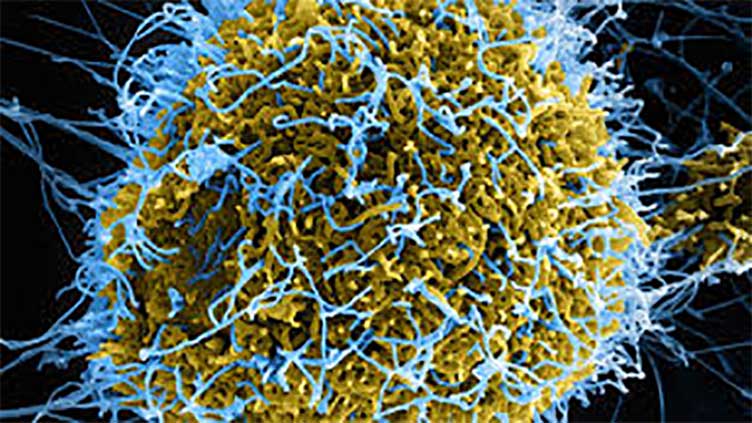Previously overlooked viruses may secretly shape bacterial populations

They can help shape which bacteria thrive and which ones stay in check
(Web Desk) - Researchers investigating a type of virus that was once dismissed as a side note have shown that it may be hiding everywhere.
They found that this so-called “curiosity” virus is no small player but instead a major presence in certain bacterial populations.
Professor Trevor Lithgow, who is senior author and head of the Monash Biomedicine Discovery Institute‘s Bacterial Cell Biology Lab, is connected with the team that brought this discovery to light. His group at Monash University has been examining how these viruses, known as bacteriophages (or phages), target their bacterial hosts.
At least 120 research teams at the Institute explore how microorganisms adapt and spread in different conditions.
Some phages use telomere-like structures to replicate their genomes. Because of this, they are also known as telomere phages. They were once overlooked, partly because researchers assumed these phages were too rare to deserve much attention.
Scientists in the current study used advanced electron microscopy to check how these telomere phages assemble inside bacterial cells. They saw many viral particles, each equipped with special strategies to spread between cells.
One surprising twist is that telomere phages that have infected bacteria can bestow weapons on their hosts. The research team showed that these tools, called telocins, help certain infected bacteria to kill off less “friendly” strains of bacteria.
Telocins have the potential to knock out neighboring bacteria, including variants that resist antibiotics. That finding raises hopes for new approaches to bacterial control, especially in hospital settings where antibiotic-resistant microbes cause big problems.
The group sequenced a type of bacterium that is sometimes found in people with lung infections. They noticed that telomere phages were abundant, despite years of prior scientific efforts that failed to record their existence.
“For more than 20 years of intensive bacterial genomics, telomere phages had remained hidden in plain sight. We have missed an entire aspect of biology,” said Professor Lithgow.
Specialists once wrote these viruses off as mere oddities, but they appear to be quite common and widespread. Researchers refer to telomere phages as stealthy elements that integrate seamlessly and replicate in unusual ways.
Now they recognize these phages as big influencers. They can help shape which bacteria thrive and which ones stay in check, especially in places where many bacterial types compete.


